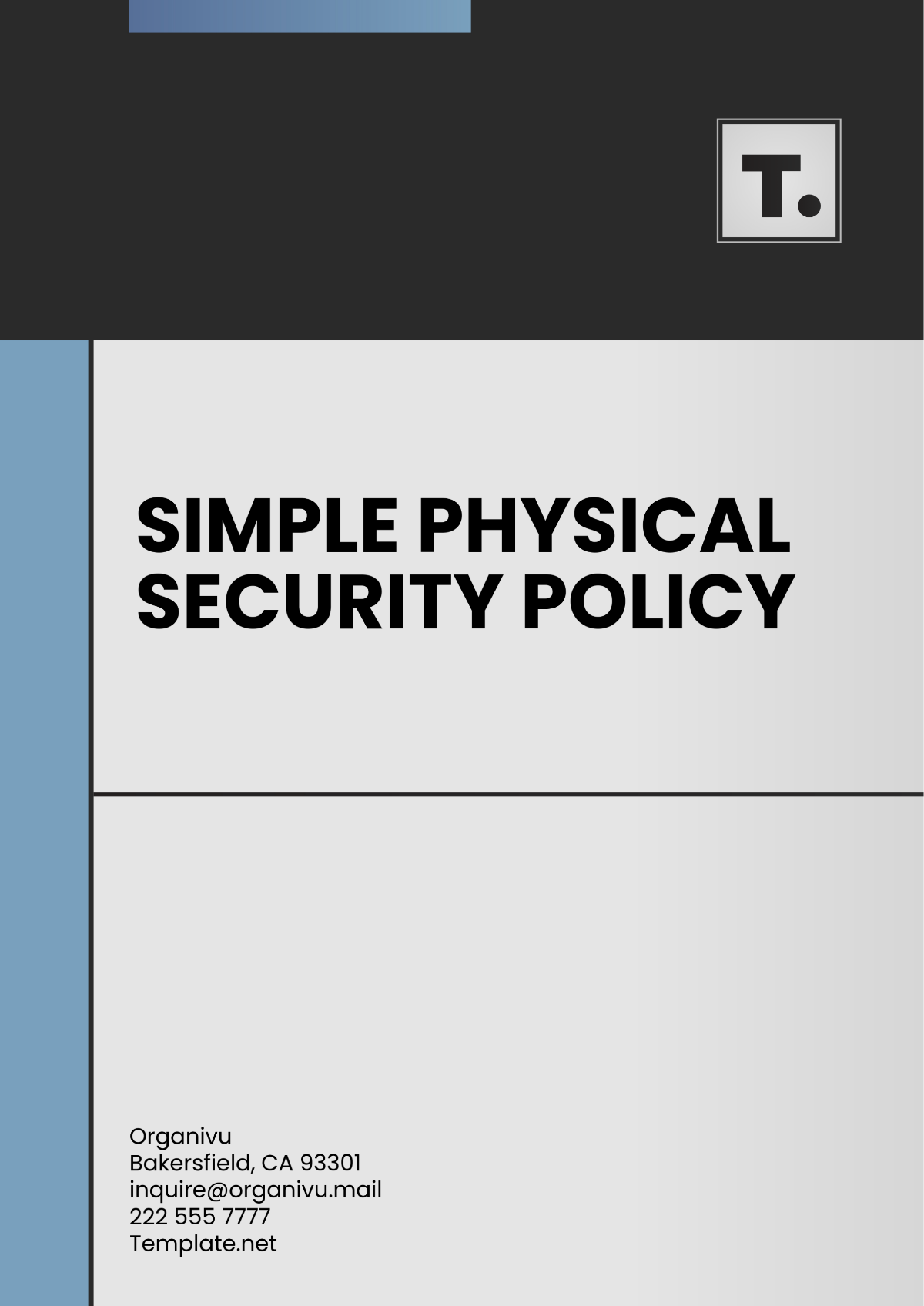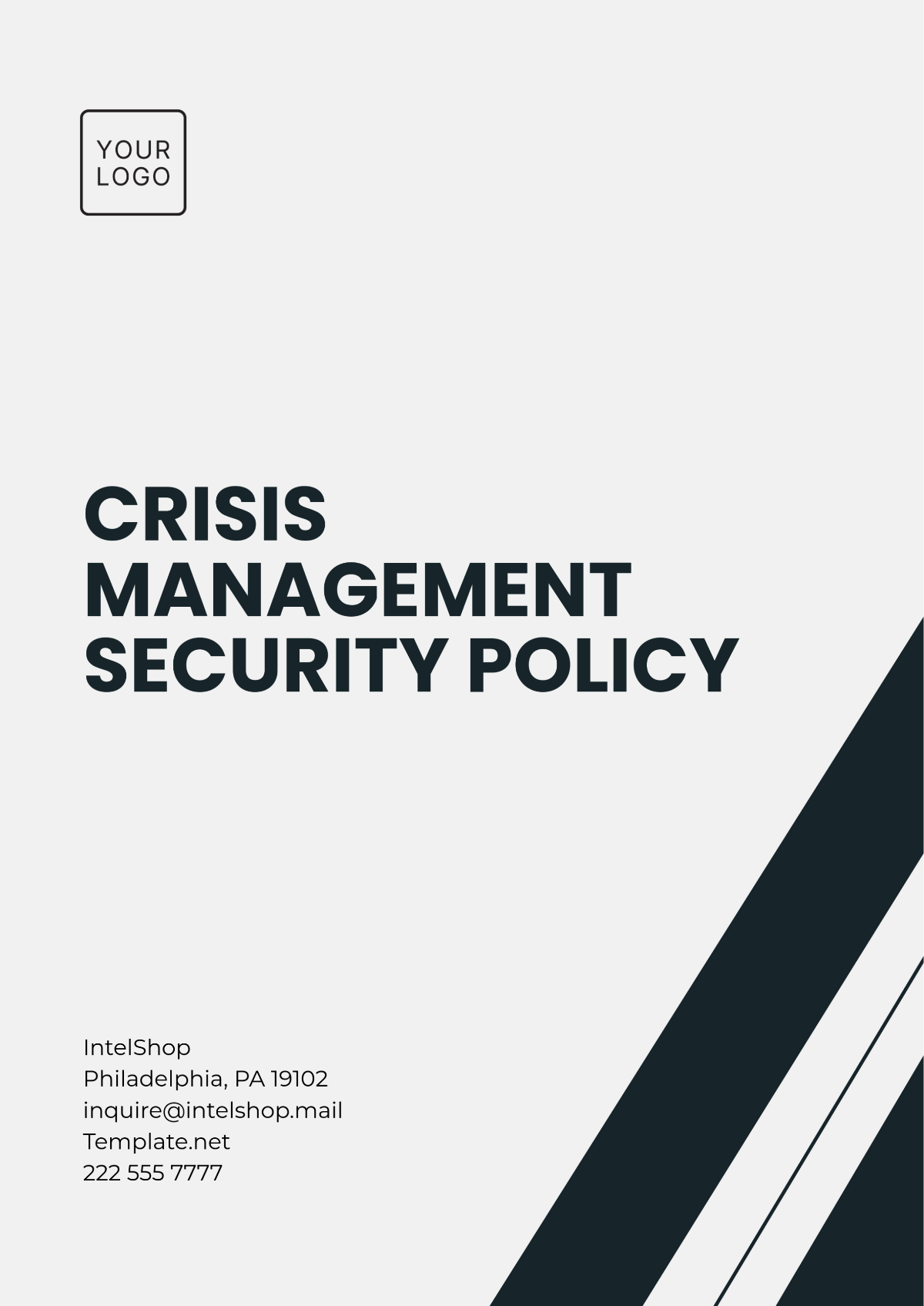Free Cybersecurity Policy Design Template
Cybersecurity Policy Design
Effective Date: January 1, 2071
Version: 1.0
Prepared by: Cybersecurity Governance Team
Approved by: Chief Information Security Officer (CISO)
1. Introduction
As of January 1, 2071, [Your Company Name] established this Cybersecurity Policy to safeguard its digital assets, client data, and internal communications. This policy provides a framework for managing cybersecurity risks and implementing best practices to protect against evolving cyber threats.
2. Purpose
The purpose of this policy is to:
Protect the confidentiality, integrity, and availability of all organizational data.
Ensure compliance with national and international cybersecurity regulations.
Mitigate risks associated with cyber threats, including data breaches, malware, and insider threats.
3. Scope
This policy applies to:
All employees, contractors, and third-party vendors with access to [Your Company Name]systems and networks.
All devices, software, and applications used within the organization.
All information systems, including cloud services, databases, and internal communications platforms.
4. Access Control
User Authentication: All users must use multi-factor authentication (MFA) for accessing sensitive systems.
Password Requirements: Passwords must be a minimum of 12 characters, containing upper and lower case letters, numbers, and special characters.
Role-Based Access Control (RBAC): Access to systems will be granted based on the user's role and business need. Access will be reviewed quarterly.
5. Incident Response
Incident Reporting: Employees must immediately report any suspicious activity or security breaches to the IT Security team through the incident reporting tool.
Incident Handling: The Cybersecurity Incident Response Team (CIRT) will evaluate, contain, and remediate incidents within 24 hours of detection.
Post-Incident Review: After each incident, a thorough review will be conducted, and lessons learned will be incorporated into the security protocols.
6. Data Protection
Encryption: All sensitive data, including client information and proprietary data, will be encrypted both at rest and in transit.
Data Retention: Data will be retained for a maximum of 5 years unless otherwise required by law or regulation.
Data Disposal: All physical and electronic storage devices containing sensitive information will be securely destroyed when no longer needed.
7. Network Security
Firewall Configuration: All incoming and outgoing traffic will be filtered by the corporate firewall to block malicious activity.
Intrusion Detection Systems (IDS): Network traffic will be continuously monitored for signs of suspicious activity, and alerts will be triggered for potential threats.
Virtual Private Network (VPN): Remote access to the organization’s network must be conducted via the company’s approved VPN.
8. Training and Awareness
Annual Cybersecurity Training: All employees are required to complete cybersecurity awareness training every year.
Phishing Simulations: Employees will participate in simulated phishing exercises at least twice a year to improve vigilance against social engineering attacks.
9. Compliance
[Your Company Name] will maintain compliance with the following cybersecurity regulations:
General Data Protection Regulation (GDPR)
Cybersecurity Information Sharing Act (CISA)
National Institute of Standards and Technology (NIST) Cybersecurity Framework
10. Review and Updates
This policy will be reviewed annually and updated as needed to ensure it remains aligned with industry standards and regulatory changes. The next review date will be January 1, 2072.
End of Policy
Approved by: CISO, [Your Name]
Date: January 1, 2071






























